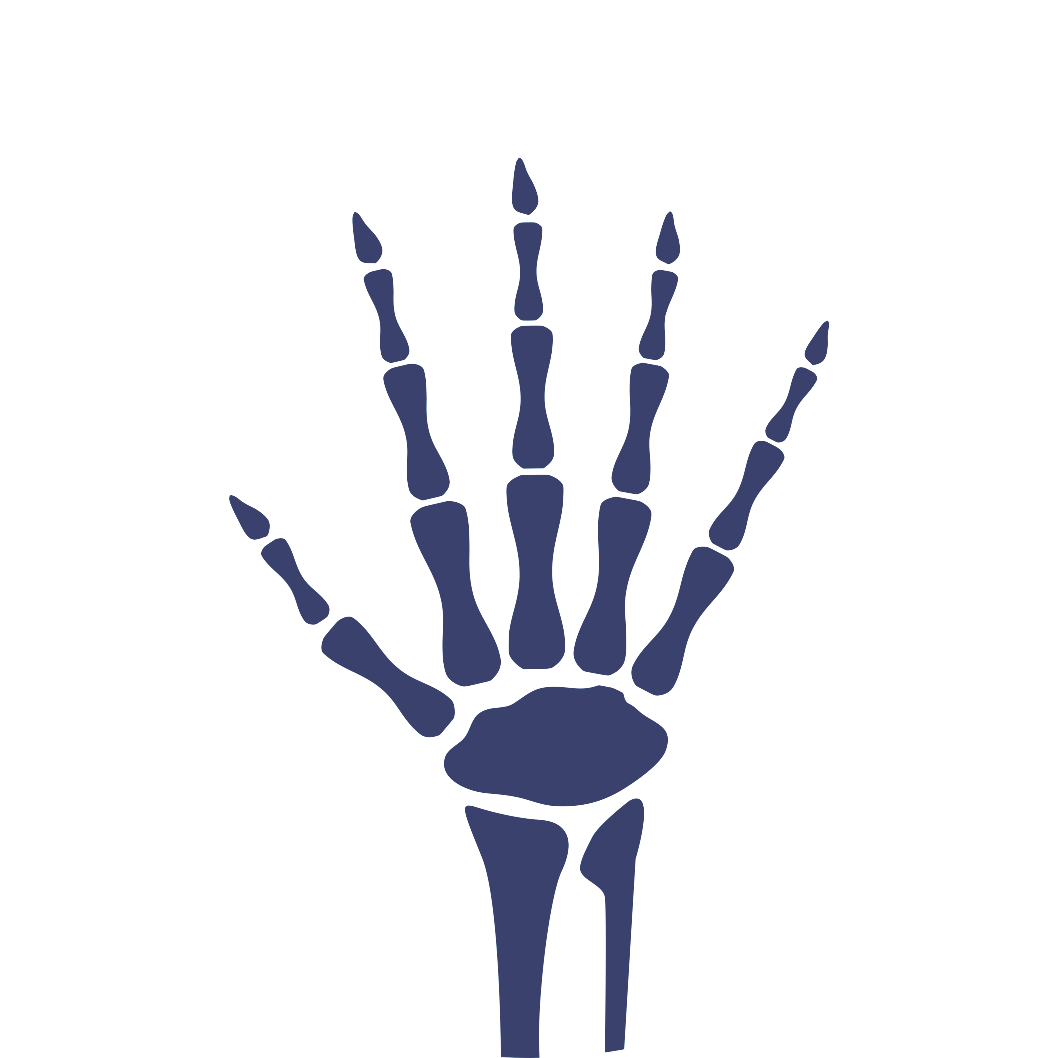Trigger Finger or Thumb
What is a Trigger Finger?
Trigger finger, also known as stenosing tenosynovitis, is a condition that affects the tendons in your fingers or thumb.
It causes the tendons to become inflamed, making it difficult to glide smoothly through the sheath surrounding them. As a result, the finger or thumb may become stuck in a bent or straightened position, which can be painful and frustrating.
How Does Trigger Finger Impact Your Anatomy and Health?
A trigger finger can make it difficult to perform daily activities such as gripping objects, typing on a keyboard, or holding a pen. It can also cause pain and stiffness in the affected finger, making it hard to move or use your hand.
Over time, the trigger finger can cause permanent damage to the tendons and joints in your hand, leading to chronic pain and disability.
Risk Factors and Causes of Trigger Finger
The exact cause of trigger finger is unknown, but it is believed to be caused by a combination of factors, including:
- Age: People over 40 are more likely to develop trigger finger.
- Gender: Women are more likely than men to develop trigger finger.
- Medical Conditions: Certain medical conditions, such as diabetes, rheumatoid arthritis, and hypothyroidism, can increase your risk of developing a trigger finger.
- Repetitive Hand Movements: Activities that require repetitive hand movements, such as typing or playing an instrument, can increase your risk of developing a trigger finger.
- Injury: An injury to the hand or finger can cause inflammation in the tendons, leading to a trigger finger.
- Congenital Abnormalities: Some people may be born with a small or narrow tendon sheath, which can increase their risk of developing a trigger finger.
Symptoms of Trigger Finger
The symptoms of trigger finger can vary depending on the severity of the condition, but they typically include the following:
- Pain or discomfort in the affected finger or thumb
- Stiffness or tenderness in the affected finger or thumb
- A popping or clicking sensation when you move your finger or thumb
- Difficulty bending or straightening your finger or thumb
- A bump or nodule on the affected finger or thumb
What are the Stages of Trigger Finger?
Trigger finger has four stages, and they are as follows:
- Stage 1: In the initial stage, you may experience discomfort or tenderness near the base of the affected finger. You may also notice some swelling, and the finger may be difficult to straighten.
- Stage 2: In the second stage, the finger may become locked in a bent position, and it may be difficult to straighten it without using the other hand.
- Stage 3: In the third stage, the finger may remain locked in a bent position, and you may need to use the other hand to straighten it.
- Stage 4: In the fourth stage, the finger may become permanently locked in a bent position, and you may need surgery to fix it.
Diagnosis of Trigger Finger
A trigger finger is diagnosed through medical history, physical examination, and imaging tests.
Medical History
Your orthopaedic surgeon will ask you about your symptoms, medical history, and any underlying medical conditions you may have that could contribute to a trigger finger. This may include questions about your occupation, hobbies, and other activities that may put you at risk of developing the condition.
Physical Examination
During a physical examination, your orthopaedic surgeon will evaluate the affected finger, looking for signs of inflammation, tenderness, and other abnormalities. They may also ask you to move your finger to assess its range of motion and to see if there is any clicking or popping when the finger is bent or straightened.
Imaging Tests
Imaging tests are not usually necessary to diagnose a trigger finger, as the condition can typically be diagnosed based on a physical examination and medical history. However, imaging tests may be ordered in some cases to rule out other conditions or assess the severity.
Here are some imaging tests that may be used for trigger finger:
- X-rays: X-rays can be used to rule out other conditions, such as arthritis, or to evaluate the joint for any abnormalities.
- Ultrasound: Ultrasound can be used to visualise the affected tendon and the surrounding structures, allowing for a more accurate diagnosis and assessment of the severity of the condition.
- Magnetic Resonance Imaging (MRI): An MRI can provide detailed images of the soft tissues of the hand, including the tendons and tendon sheaths, and can help identify any underlying conditions or complications.
- Computed Tomography (CT) Scan: A CT scan can provide detailed images of the bones and joints of the hand and can be useful in identifying any structural abnormalities or injuries contributing to the trigger finger.
Once your orthopaedic surgeon has confirmed the diagnosis of a trigger finger, they will develop a treatment plan tailored to your specific needs and the severity of your condition. Early diagnosis and treatment are crucial to managing trigger finger effectively and preventing complications such as chronic pain and disability.
Treatment options for Trigger Finger
Treatment for trigger finger depends on the severity of the condition and its impact on your daily activities. Some treatment options include:
- Splinting: Wearing a splint or brace on the affected finger or thumb can help keep it in a neutral position and reduce inflammation. This can be especially helpful at night when you are more likely to bend your finger unconsciously.
- Nonsteroidal anti-inflammatory drugs (NSAIDs): Medications such as ibuprofen or naproxen can help reduce pain and swelling.
- Steroid injections: Injecting corticosteroid medication into the affected tendon can help reduce inflammation and relieve symptoms. This is often an effective treatment for mild to moderate cases of trigger fingers.
- Hand therapy: Stretching and strengthening exercises can help improve the range of motion and reduce symptoms over time.
- Surgery: In severe cases where other treatments have not been effective, surgery may be necessary to release the affected tendon and restore normal finger function. This is typically an outpatient procedure and has a high success rate.
Surgical Treatment for Trigger Finger
Surgical treatment for the trigger finger is called a Release Procedure or Tenolysis.
It is usually considered when other treatments, such as rest, immobilisation, steroid injections, and hand therapy, have not effectively relieved symptoms.
During the procedure, the surgeon makes a small incision in the affected finger or thumb and cuts the sheath surrounding the affected tendon. This allows the tendon to move freely without catching or triggering. The procedure typically takes less than an hour and can be performed as an outpatient.
After the surgery, the hand may be wrapped in a bandage or splint for a short period to protect the area and promote healing. You may also be advised to do certain exercises or hand therapy to help restore range of motion and strength to the affected finger.
Most people experience significant relief of symptoms after surgical treatment for the trigger finger. However, as with any surgery, there are risks and potential complications, such as infection, nerve damage, or stiffness in the finger. Your healthcare provider can discuss these risks with you and help determine if surgery is the best option for your individual case.
What if Trigger Finger is Untreated?
If left untreated, the trigger finger can worsen, leading to chronic pain and stiffness in the affected finger. In some cases, the finger may become permanently locked in a bent or straightened position, making it difficult to perform daily activities.
An untreated trigger finger can also increase the risk of developing other hand conditions, such as carpal tunnel syndrome or De Quervain's tenosynovitis.



